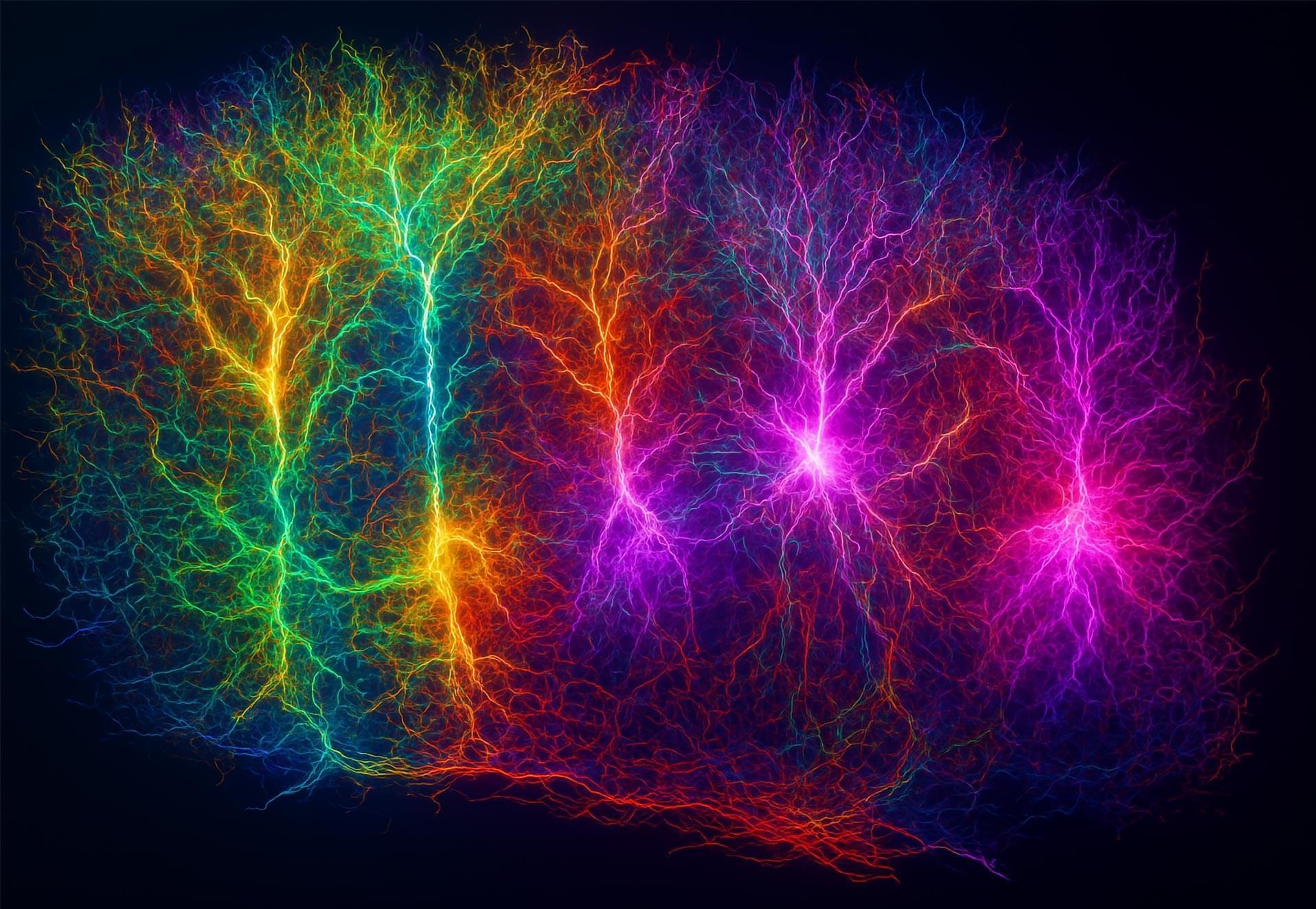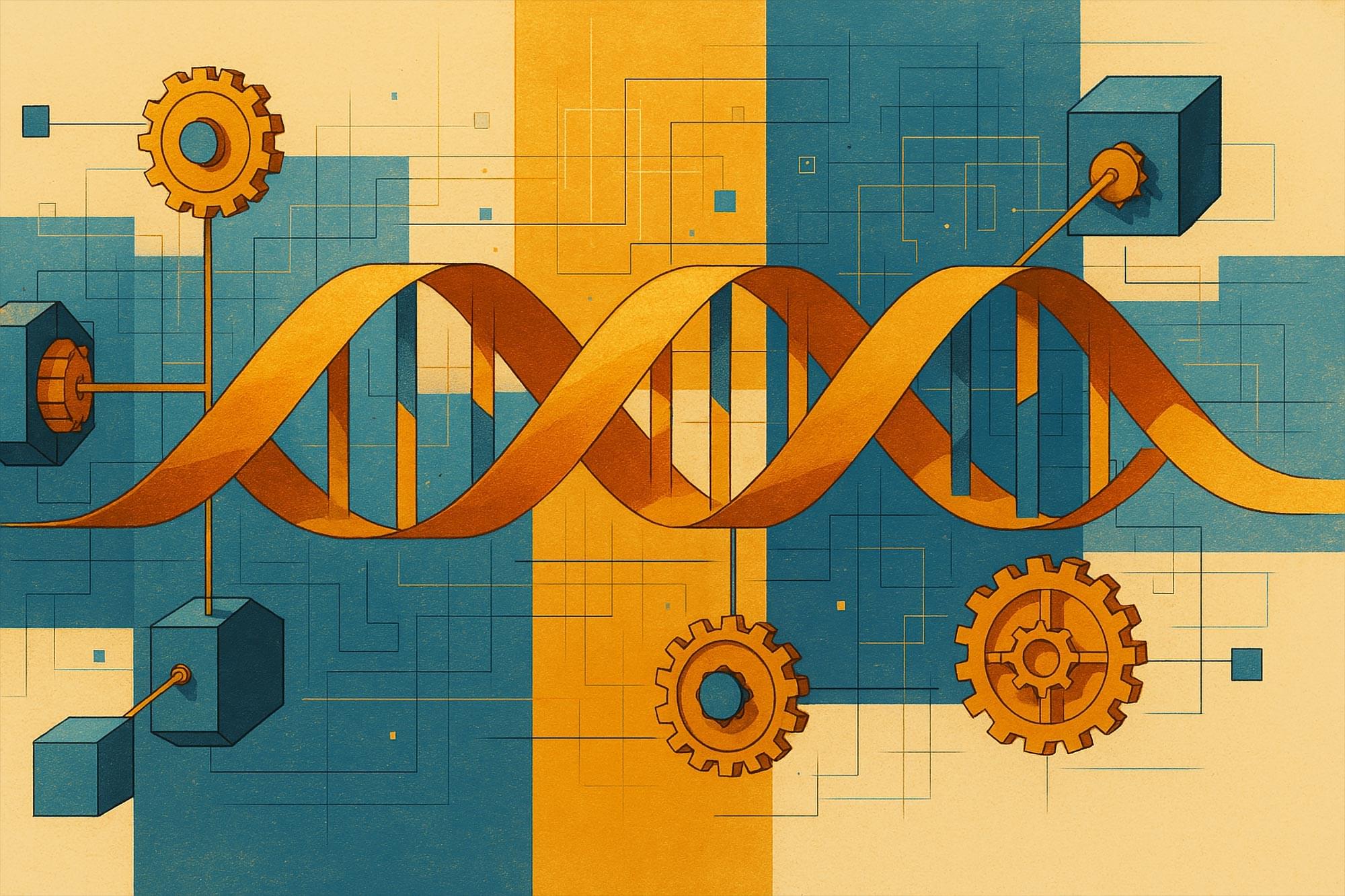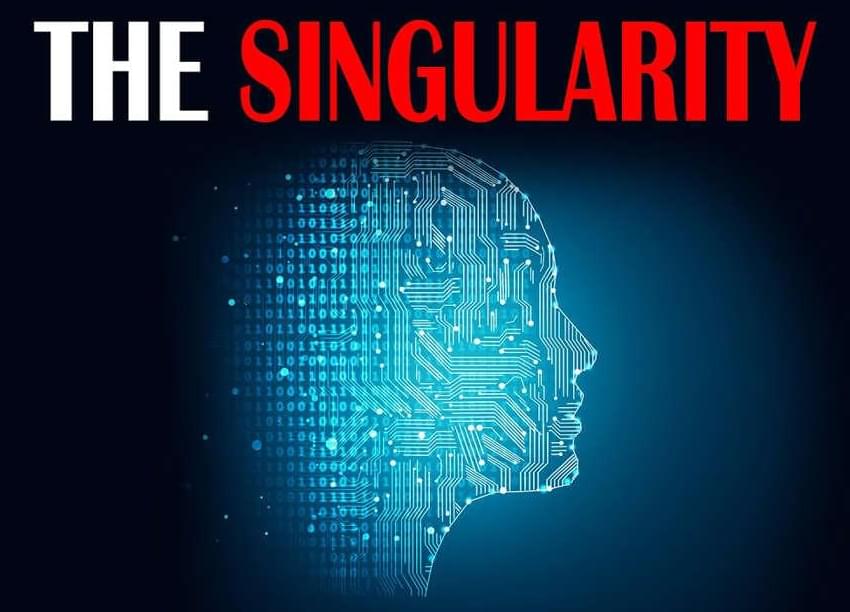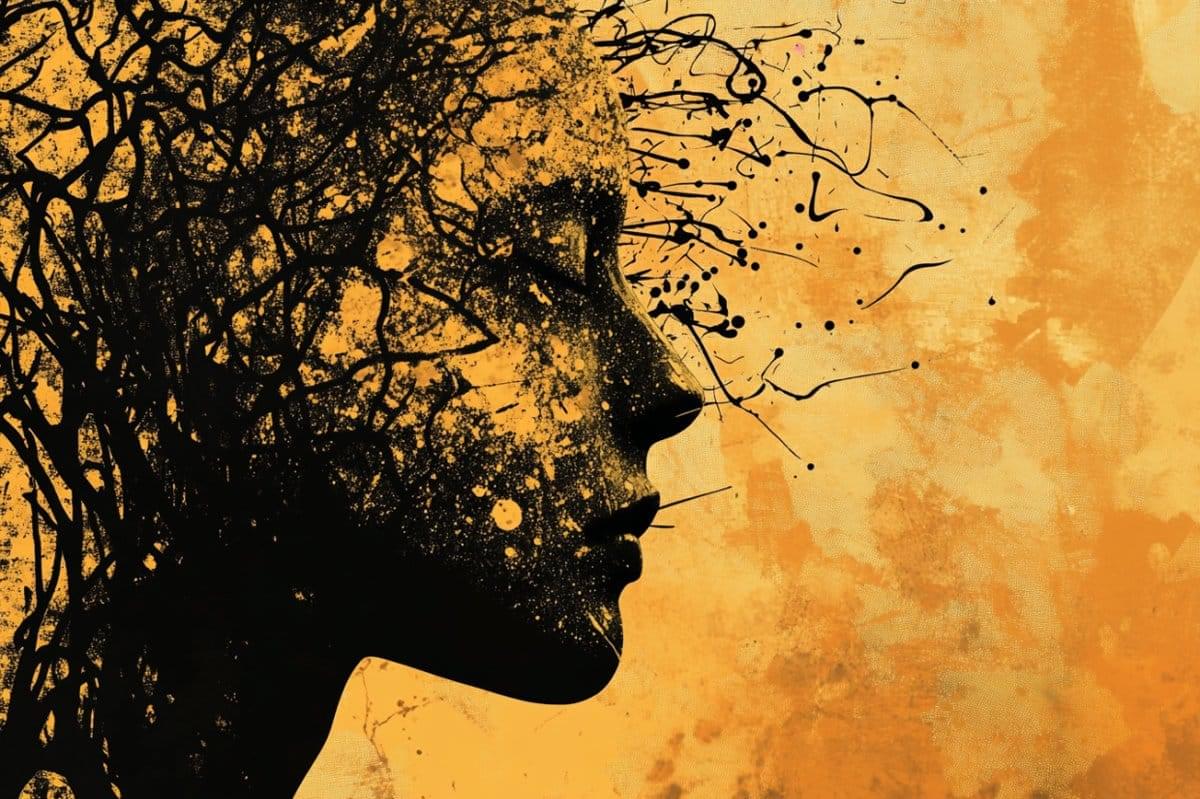A cutting-edge AI acceleration platform powered by light rather than electricity could revolutionize how AI is trained and deployed. Using photonic integrated circuits made from advanced III-V semiconductors, researchers have developed a system that vastly outperforms traditional silicon GPUs in
A team of over 150 scientists has achieved what once seemed impossible: a complete wiring and activity map of a tiny section of a mammalian brain. This feat, part of the MICrONS Project, rivals the Human Genome Project in ambition and scope, using cutting-edge AI, microscopy, and teamwork to map
Its Blackwell AI chips have started production in Phoenix at Taiwan Semiconductor plants.
Researchers at Imperial College London and Lund University in Sweden found that by giving heart attack patients two drugs together – statins and ezetimibe, a cholesterol-lowering drug – their risk of another heart attack, stroke or death was reduced.
“This study shows that we could save lives and reduce further heart attacks by giving patients a combination of two low-cost drugs,” said Prof Kausik Ray, of Imperial’s School of Public Health.
But at the moment patients across the world aren’t receiving these drugs together. That is causing unnecessary and avoidable heart attacks and deaths – and also places unnecessary costs on healthcare systems.
Since most cells naturally repel DNA, delivering these nanodevices into cells requires specialized techniques, such as transfection methods and transformation protocols. Once inside, cellular factors such as salt concentration, molecular crowding, and heterogeneous environments influence strand displacement reactions. To overcome the limitations of direct delivery, researchers are also developing transcribable RNA nanodevices encoded into plasmids or chromosomes, allowing cells to express these circuits.
Toward Smart DNA Machines and Biocomputers
DNA strand displacement has been applied to the innovation of computational models. By integrating computational principles with DNA strand displacement, the structured algorithms of traditional computing can be combined with random biochemical processes and chemical reactions in biological systems, enabling biocompatible models of computation. In the future, DNA strand displacement may enable autonomously acting DNA nanomachines to precisely manipulate biological processes, leading to quantum leaps in healthcare and life science research.
The idea of living forever has fascinated humans for centuries—but what if technology could actually make it happen? With advancements in AI and neuroscience, scientists believe that digital immortality might soon be a reality. Here’s how!
The idea of living forever has fascinated humans for centuries—but what if technology could actually make it happen? With advancements in AI and neuroscience, scientists believe that digital immortality might soon be a reality. Here’s how!
Fungi are now believed to have the ability to metabolize gold in a way that defies science. This could be the future of mining—both on Earth and beyond.
If this scenario plays out, “the world as we know it would collapse like a house of cards,” says one theoretical physicist.
The nature of thought remains one of philosophy’s greatest mysteries, with deep implications for neuroscience and artificial intelligence.








